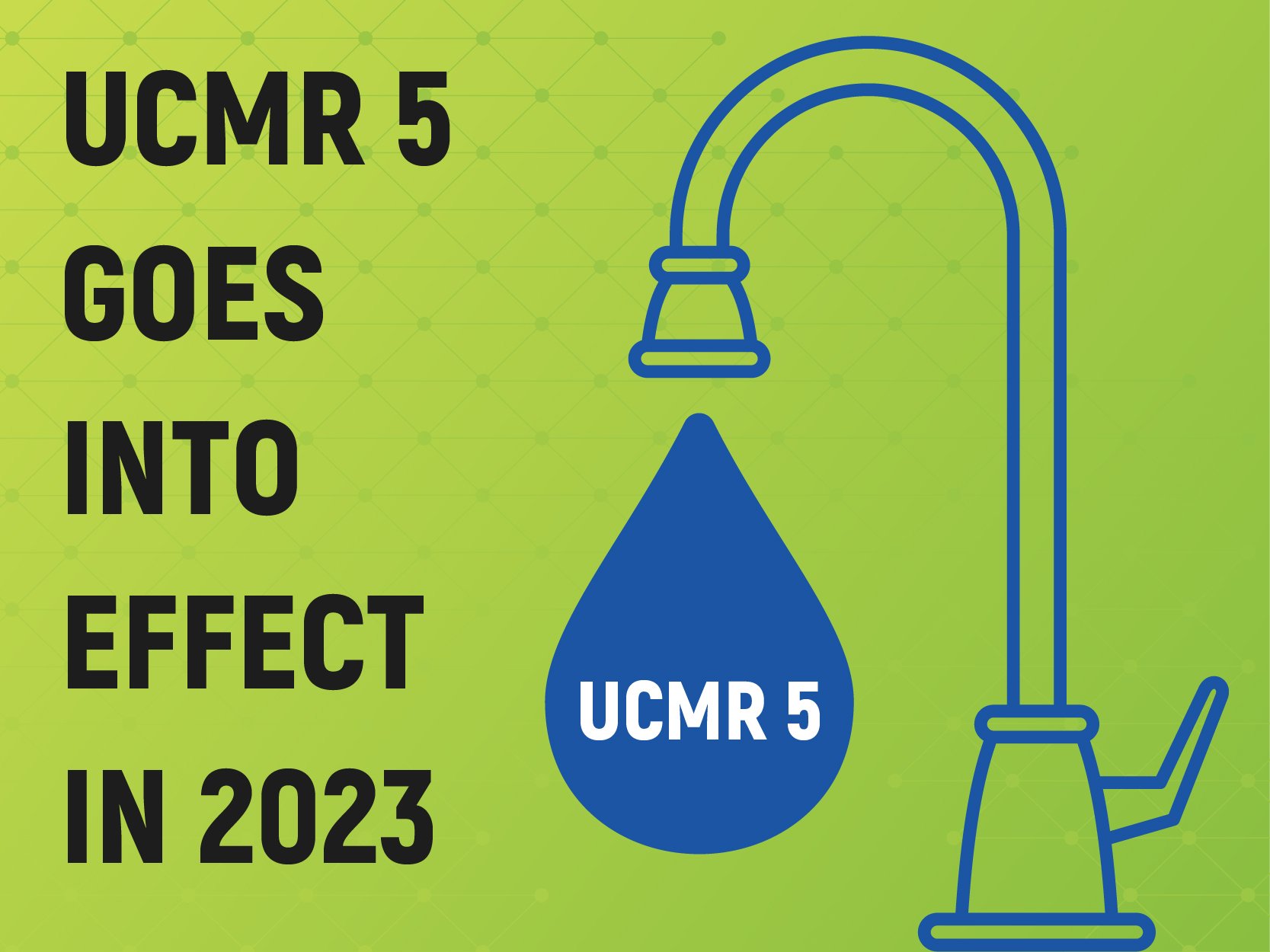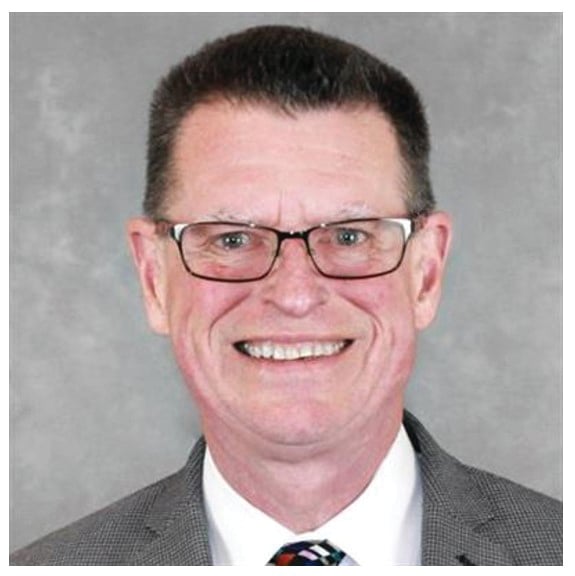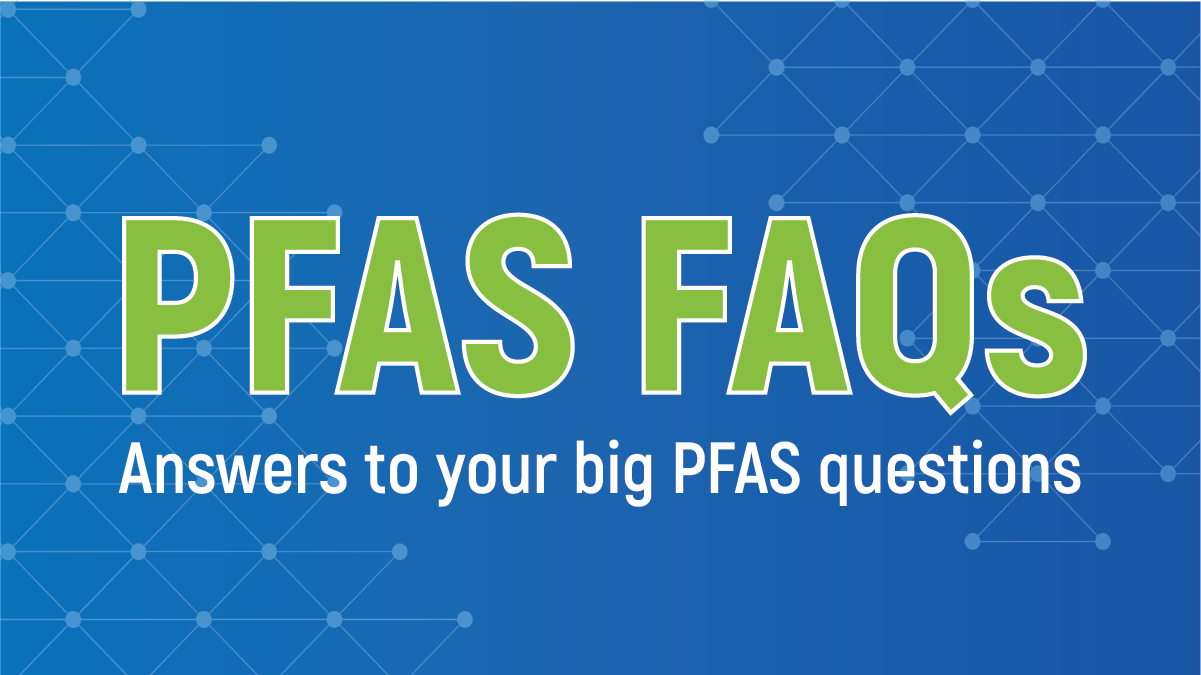Once UCMR 5 goes into effect in 2023, ALL public water systems serving more than 3300 people plus 800 randomly selected smaller water systems will need to begin testing for 29 PFAS (and Lithium). That is, if EPA leaves its current UCMR 5 proposal unchanged before it finalizes the rule. It’s also likely that, before UCMR 5 sampling starts in 2023, PFOA and PFOS will have federally enforceable MCLs (Maximum Contaminant Limits) for all water systems under the SDWA (Safe Drinking Water Act).
Some state labs will be able to assist with the sampling and testing. However, not all labs will be approved for UCMR 5 compliance. And even if a particular lab is approved, it may not be able to handle the volume of tests required to cover every water system that needs to be tested.
To help you choose a lab partner that can meet your PFAS testing requirements, we put together a checklist of characteristics you should look for.
 1. Is the lab certified or accredited?
1. Is the lab certified or accredited?
Not all states offer environmental lab certification for PFAS, but if they do, this can narrow your choice of lab partners quickly. If your state doesn’t offer a PFAS certification, look for labs that are accredited by other reputable agencies and groups, including TNI NELAC, DoD, DOE, and ISO.
EPA rules for participation in UCMR 5 are more rigorous than those required for state certifications. Direct EPA approval is required for each test method, and EPA is currently reviewing lab applications for UCMR 5. Until EPA releases a list of approved UCMR 5 labs, look to see if the lab has experience and approval for previous rounds of UCMR.
 2. Which matrices can the lab test for PFAS?
2. Which matrices can the lab test for PFAS?
UCMR 5 is focused on contaminants in drinking water. Some states have also issued standards or guidance for non-potable water and soil. While not at the regulatory stage yet, many state environmental agencies are researching PFAS levels in other matrices, such as biota (plant and animal tissue).
Knowing which matrices you need to test for PFAS is essential to choosing a lab that can meet your requirements. Almost all environmental labs that focus on PFAS can test drinking water. Many do at least some form of non-potable water testing as well. Other matrices, including biota, AFFF (aqueous film-forming foam), air and emissions, food packaging, ash (e.g., from commercial and industrial incinerators), landfill leachate, biosolids/sludge, and wastewater influent and effluent, require environmental labs with specialized knowledge and equipment.
 3. Which PFAS test methods does the lab offer?
3. Which PFAS test methods does the lab offer?
State and EPA drinking water compliance requires either EPA test method 537.1, 533, or both, depending on the PFAS compounds included in the regulation. For example, UCMR 5 will require both 533 and 537.1 to analyze for all 29 PFAS compounds in the proposed rule.
EPA does not have a validated test method for matrices other than drinking water. However, in 2019, they introduced SW-846 Method 8327, a screening method for non-potable water. As of right now, SW-846 Method 8327 is in draft form, and may be finalized before the end of this year.
EPA is also developing definitive methods for both the RCRA (Resource Conservation and Recovery Act) and NPDES (National Pollutant Discharge Elimination Systems) programs for testing of non-potable water, solids, and biota. The RCRA method will be included in SW-846, possibly designated as EPA 8328. EPA is seeking to finalize these methods by the end of 2021. These methods are now in the multi-lab validation phase, so finalization in 2021 is expected.
DoD requires QSM Table B-15, using isotope dilution, for analysis of non-potable water and soil. Some non-federal regulatory agencies require QSM Table B-15 as well.
The number of test methods available can be overwhelming. To be sure your lab employs the right method, always check with your state or governing authority to see if they specify which methods to use for compliance and if they have recommendations for matrices other than drinking water. If you’re not sure where to find that information, reach out to us. We’d be happy to point you in the right direction and provide our perspectives.
 4. If using a non-validated method, can the lab supply a defined SOP?
4. If using a non-validated method, can the lab supply a defined SOP?
DoD QSM Table B-15 is often referred to as a test method, but it is actually a series of strict quality control and technical requirements that must be followed by the environmental lab. While DoD QSM Table B-15 can’t be used for EPA drinking water compliance, its stringent baseline requirements make it ideal, not only for military installations but also for many civilian PFAS assessments, such as at commercial airports.
Many labs also offer test method “537M”, but that designation simply means they modified EPA test method 537 in some way or another. There is no defined test method 537M, so one lab’s modifications and quality control protocols might not be the same as another. If your lab will be using 537M, ask for documented SOPs and be sure their modified test method includes isotope dilution. Once EPA SW-846 and Office of Water test methods are finalized, 537M should be quickly phased out as a designation.
 5. Will the lab provide the results in a Level IV data package?
5. Will the lab provide the results in a Level IV data package?
In the first few decades since EPA was established, each EPA region had its own reporting procedures and formats. Inconsistent reporting across regions made evaluating data more difficult. A Level IV data package is a defined set of reporting requirements set by EPA for many types of environmental projects, such as a designated Superfund site. Level IV reports are also usually required for DoD projects. This level of data reporting helps establish the validity of the data and makes it defensible in a court of law.
Not all projects require a Level IV data package, and not all labs provide them. Even if they do, the amount of effort a lab has to put into creating a Level IV data package may vary as will the costs. For example, many of the Pace labs that routinely work with Superfund sites have automated much of the process of creating a Level IV data package.
 6. Does the lab provide electronic data deliverables (EDD) and in what formats?
6. Does the lab provide electronic data deliverables (EDD) and in what formats?
Providing data electronically so it can be further analyzed is also vital. If you’re testing for PFAS as part of a state compliance program, check to see if your state has an EDD format requirement. Other examples of formats that may be required, depending on the purpose of the data collection, include FUDSCHEM, ERPIMS, SDWIS, SDWARS, ERIS, SEDD 2A, EQuIS, or SNEDD. If you aren’t certain what EDD format is required for your project, we may be able to provide you with a quick answer.
 7. Can the lab meet your timeline?
7. Can the lab meet your timeline?
If dangerous levels of PFAS are suspected, such as after a chemical spill, turnaround time can be critical. The fastest lab may not be the one closest to you. Pace Analytical has a Rapid Response team that can assist in an emergency. We also offer PFAST®, the only certified mobile lab in the industry capable of analyzing PFAS in the single-digit, parts-per-trillion range. This mobile lab can identify PFAS plumes and source areas and provide fully defensible data, often with same-day results.
 8. What other types of tests can the lab perform?
8. What other types of tests can the lab perform?
While your immediate need may be to find a lab that can help you comply with UCMR 5 or a state testing requirement, it can’t hurt to keep an eye on the future.
There are many state and federal proposals that call for the regulation of PFAS as a class of compounds. In its 2019 PFAS Action Plan, EPA committed to studying the issue. Testing for “non-targeted” PFAS (those not covered by the validated methods) requires specialized equipment and capabilities. For example, TOP Assay can be used to test for PFAS precursors. This subgroup of PFAS compounds can be oxidized into terminal PFAS (like PFOA and PFOS) through common processes such as traditional wastewater treatment.
Request a Consultation
My colleagues and I routinely provide technical and regulatory briefings for organizations ranging from state and local governments, to institutions, to industry. We’d be happy to schedule a private briefing for your organization. If you’re actively seeking a new lab partner, we invite you to contact us for more information about our qualifications and services.





